When people hear the word meditation, what generally comes to mind is having to sit cross-legged for a very long time.
Most people tend to think of discomfort when they think of meditation, or that they just don’t have the time to fit it in. Now I’m not asking you to find 2 hours out of your day to meditate, but I am asking that you find 10 minutes in your day to sit quietly, with no distractions.
People often begin a meditation practice as a way to bring more stillness into their lives or address stress-related issues. In a 2012 survey, 20 percent of Americans said they were experiencing extreme levels of stress. (1) And while 64 percent said that it was “extremely important or very important to manage stress”, only 37 percent felt they were actually doing an excellent or very good job at managing theirs.
Want to train your brain to be happier and healthier?
Click here to receive our FREE 7-Day Meditation Challenge!
Stress activates our sympathetic nervous system, also known as our “fight-or-flight” system. Our heart rate rises, digestion shuts down and our body feels threatened by either internal or external factors.
Meditation is beneficial for stress as it helps to soothe our nervous system, or the “rest and digest” part of our nervous system, which helps with stress management. Our heart rate slows, our respiration slows and our blood pressure drops. This is often called the “relaxation response”*.
If we are constantly in “fight-or-flight” mode, this can have damaging effects to our health and body. Our parasympathetic nervous system, the “rest and digest” system, is where all healing takes place. It relaxes our body and is restorative for our health.
In fact, meditation has been proven to not only reduce stress, but to have other short-term benefits, as well. A Harvard study showed that eliciting the body’s relaxation response could affect our genes in just minutes. (2) They found that meditating (even just once) could dampen the genes involved in the inflammatory response and promote those genes associated with DNA stability. Short-term benefits would include lowering blood pressure, improving attention span and improving overall longevity. (3, 4)
There are many different types of meditation practices, but at the core of all meditation, the goal is to quiet the mind and focus on your breath. Paying attention to your breath is one of the best ways to get out of your head and into your heart.
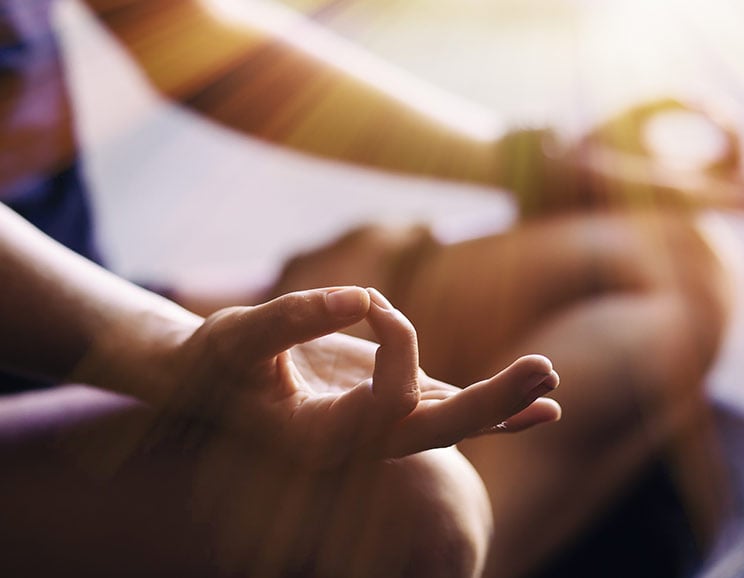
So are you up for 10 minutes of meditation? You might be thinking, “10 minutes. That’s it! I can do that!” It can actually be more challenging than we think! We can get so caught up in our thought process that it distracts us from calming down, breathing deeply and remaining present.
Speaking of breathing, we should pay more attention to our flow of breath on a day-to-day basis. It might sound strange, but it’s quite common for people to hold their breath without realizing it, and to get caught up in mundane things that cause their blood pressure to rise and anxiety to kick in.
What does this mean for your breath? It will become shallow and you will not effectively oxygenate your lungs and cells. And if you’re stuck at a desk all day hunched over your computer, your shoulders will start to roll forward and your neck and back will become rounded (not to mention stiff and knotty).
This position will actually compress the lungs. Sitting tall, with your shoulders rolled back and your spine lengthened will encourage you to breathe in and out more effectively.
So how do we breathe effectively? Easy!
- Inhale deeply through your nose and extend your belly.
- Exhale through your nose and pull the belly button to the spine.
- Now inhale for 5 counts, extending the belly, hold for 5 counts, and exhale for 5 counts, pulling the belly button into the spine.
- As you get used to this exercise, lengthen your breath on the exhale for longer than 5 counts.
Now let’s tie in this breathing exercise with a simple breath meditation.
10-Minute Meditation
- Sit comfortably on a chair with your feet flat on the floor, or cross-legged on the floor. Do whatever is most comfortable for you. If you have a meditation cushion, sit on that.
- Tuck it under your hip bones and let your knees fall lower than your hips.
- Lengthen your tailbone down to the floor; roll your shoulders back, softening them away from your ears.
- You may want to rest your palms on your knees or legs, either facing up or down. Do what is comfortable for you.
- Now breathe – using the simple technique above. Pay attention to your breath: how fast you’re breathing, how it feels to extend the belly, how it feels to exhale and let all your breath out.
- Focus on your breath for 10 minutes.
- Pay attention to your belly. Is it falling and rising naturally with the flow of your breath?
- There is a good chance your mind may be racing, going over your to-do list and all the work you need to get done. Or you may be thinking that you can’t do this, you’re uncomfortable, this is silly, etc. Breathe into any discomfort. Allow your breath to guide you.
- Slowly start extending your exhales through your nose.
- Alternatively, on your exhale, breathe through your mouth and let out a gentle HA (literally say the word “ha”). Continue with this breathing for 10 minutes.
Take Your 10 Minute Meditation a Step Further
- Envision a large air balloon being filled with all your thoughts, your to-do list, your self-limiting beliefs… empty them into this air balloon.
- Inhale deeply, fill the balloon and gently release the balloon into the sky, exhaling as you let go.
- Keep practicing this whenever a new story or thought decides to creep its way into your head. You’d be surprised how quickly 10 minutes goes by!
I encourage you to practice this exercise every day. Maybe you start your day with just 5 minutes and fill your balloon with all the amazing things you’re going to accomplish, your affirmations and all the things you’re grateful for.
You may not always have the opportunity to sit in stillness, but you can definitely pay more attention to your breath throughout the day and practice deep breathing exercises.
Practicing these simple meditation exercises can help you to manage your stress better, improve your cardiovascular health and allow you to have a deeper connection to your mind and body.
(Read This Next: How to Meditate ‒ and Stick With It ‒ in 5 Simple Steps)


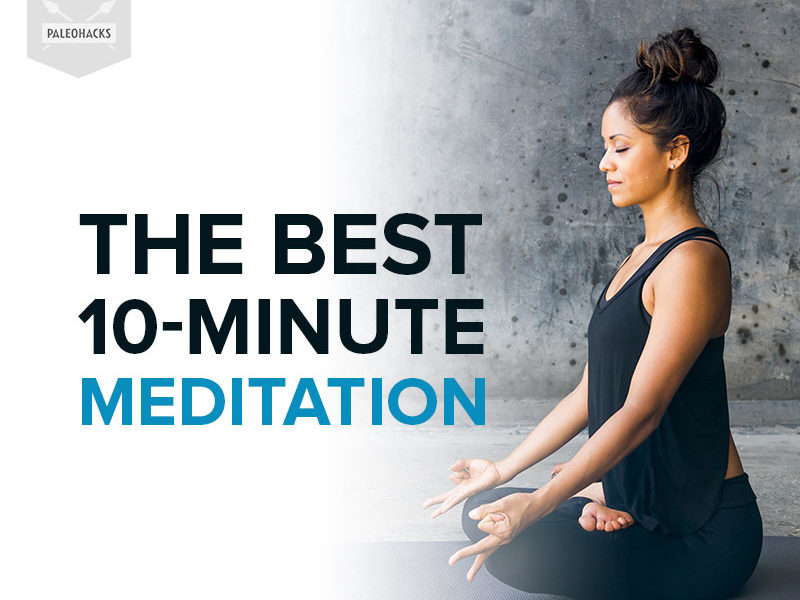

 Almond Butter Dark Chocolate Mousse
Almond Butter Dark Chocolate Mousse


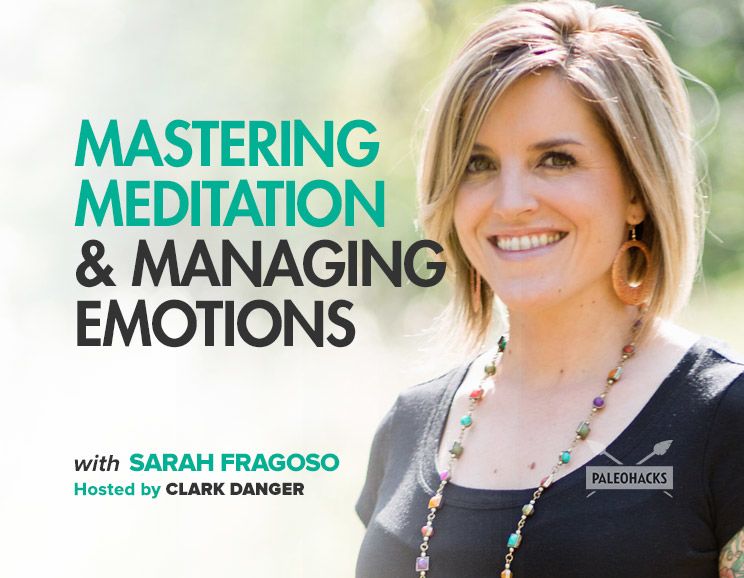
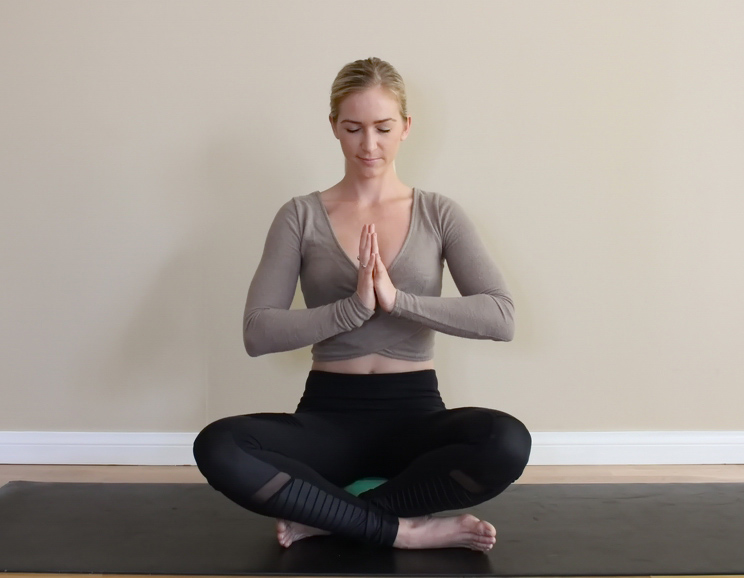

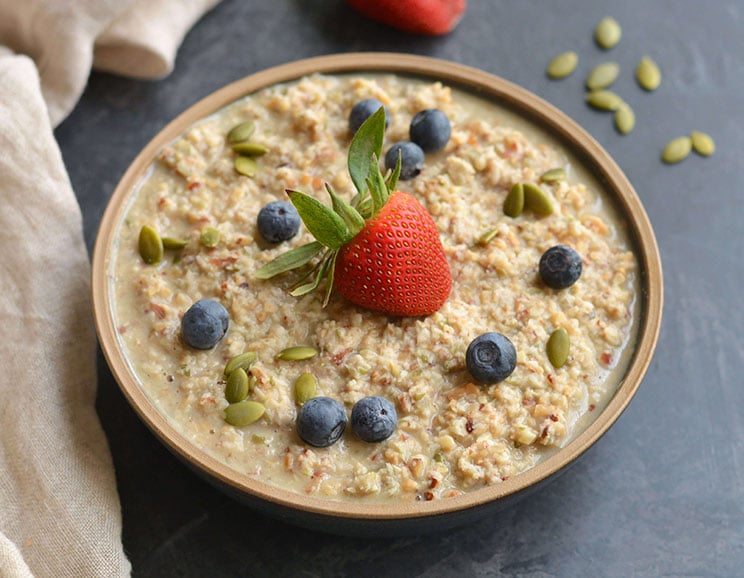
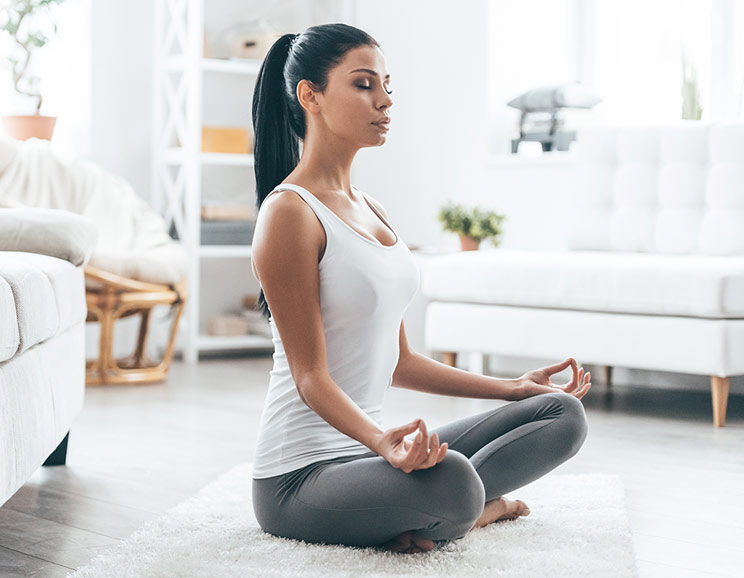
Show Comments